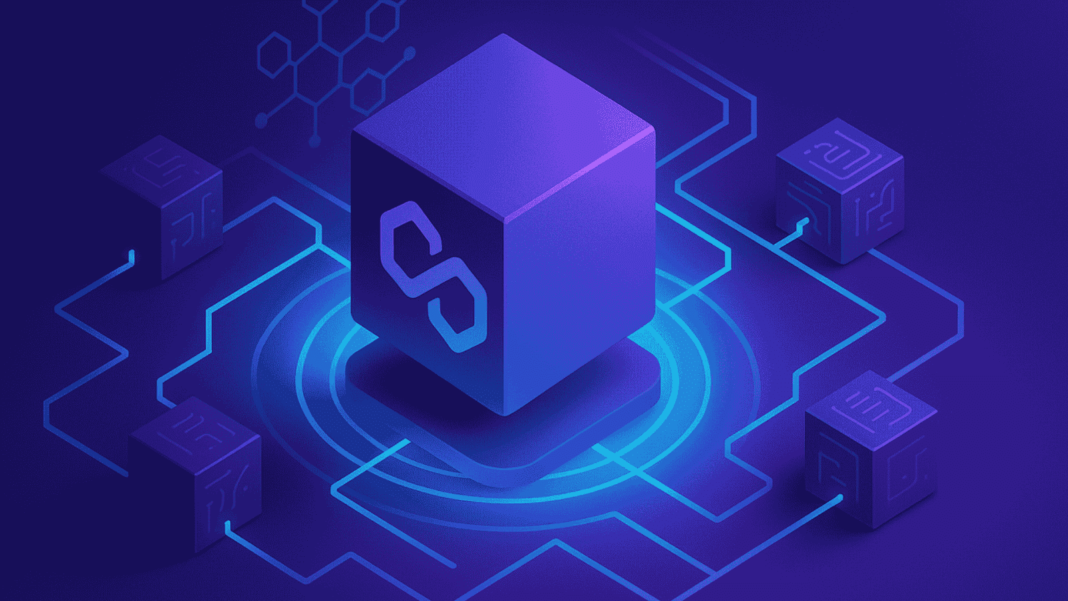After months of anticipation, Polygon 2.0 has officially launched, marking a major milestone in the Layer 2 scaling race. The upgrade transforms Polygon from a single-chain Ethereum sidechain into a unified Layer 2 ecosystem with multiple zero-knowledge (ZK)-powered chains—all operating under a shared protocol, token, and governance framework.
The upgrade is more than just a technical enhancement. It’s a fundamental redefinition of Polygon’s role in the broader Ethereum ecosystem. For MATIC holders, Polygon 2.0 opens new opportunities and introduces significant shifts in token utility, staking, and future valuation.
What Is Polygon 2.0?
Polygon 2.0 is a modular Layer 2 framework built around zero-knowledge technology. It consists of four key components: the staking layer, the execution layer, the proving layer, and the interoperability layer. Together, they allow multiple ZK-powered chains to operate in parallel while sharing security and liquidity.
Unlike the old Polygon PoS chain—which was often criticised for its limited decentralization—Polygon 2.0 is built from the ground up to embrace Ethereum’s modular future. It allows developers to launch custom chains with built-in ZK proofs, native bridge compatibility, and access to a unified liquidity pool.
The Token Shift: From MATIC to POL
One of the most consequential changes for investors is the transition from MATIC to POL, the new native token of the Polygon ecosystem. POL is designed to serve three purposes: governance, gas payments, and staking.
The POL upgrade includes an automatic swap mechanism, with a 1:1 migration from MATIC to POL supported by most major exchanges. While MATIC will remain functional for now, Polygon has advised all holders to transition by early 2026 to ensure uninterrupted participation in staking and governance.
POL’s expanded utility makes it more central to Polygon’s economic design. It will be used to secure not just one chain but the entire ecosystem of ZK rollups, giving it greater demand and long-term value potential.
What Changes for Developers and Users?
For developers, Polygon 2.0 offers more flexibility and scalability. Teams can now build application-specific chains (appchains) that inherit Ethereum-level security and are interoperable with other chains in the Polygon ecosystem. These chains will benefit from native ZK proofs, removing the need for third-party bridges or validators.
Users will experience faster transactions, lower fees, and a more seamless cross-chain experience. The new interoperability layer allows assets and data to flow across Polygon chains almost instantly, enhancing liquidity and user retention across dApps.
Additionally, Polygon 2.0 is EVM-equivalent, meaning existing smart contracts and tools work out of the box. This ensures continuity for DeFi protocols, NFT marketplaces, and gaming platforms already running on Polygon.
Ecosystem Impact and Adoption
Major DeFi platforms including Aave, Uniswap, and Quickswap have already begun testing Polygon 2.0 infrastructure, and several Web3 gaming studios have announced plans to migrate to custom ZK chains within the Polygon ecosystem.
Institutions are also watching closely. Polygon Labs recently partnered with Nubank and Franklin Templeton to explore tokenized assets on Polygon 2.0, a move that could bring real-world assets (RWAs) closer to mainstream adoption.
Moreover, the launch of Polygon CDK (Chain Development Kit) empowers developers to build ZK-powered chains easily, similar to the appchain movement on Cosmos and Avalanche, but with native access to Ethereum liquidity.
What Should MATIC (POL) Holders Expect?
With the transition to POL, token holders will find expanded staking opportunities. Validators and delegators will secure not just one chain but the entire Polygon ecosystem, and rewards will scale with network growth.
In the short term, market volatility is expected as MATIC liquidity adjusts to the migration. However, many analysts believe the long-term upside for POL could be significant, especially if ZK rollups dominate Ethereum’s scaling narrative.
Importantly, POL’s governance rights will give holders a say in protocol upgrades, ecosystem fund allocation, and network parameters—offering more engagement than the passive MATIC model.
Is Polygon 2.0 a Game-Changer?
Polygon 2.0 is arguably the most ambitious upgrade since Ethereum’s Merge. By marrying zero-knowledge proofs with a unified economic and governance framework, Polygon positions itself as the go-to platform for scalable, secure, and composable Web3 development.
It addresses key pain points in Ethereum scaling—cost, speed, fragmentation—while creating an open network for new ZK rollups to join. With this modular and interoperable structure, Polygon could challenge Optimism and Arbitrum not just on throughput but on developer experience and ecosystem reach.
Final Thought
For MATIC (now POL) holders, Polygon 2.0 is not just a rebrand—it’s a rebirth. The network’s transformation into a fully ZK-powered ecosystem introduces new use cases, broader staking incentives, and deeper integration with Ethereum’s future.
While execution risks remain, especially around adoption and migration timelines, Polygon 2.0 is clearly setting the pace for what Layer 2 can and should look like in 2025 and beyond.

